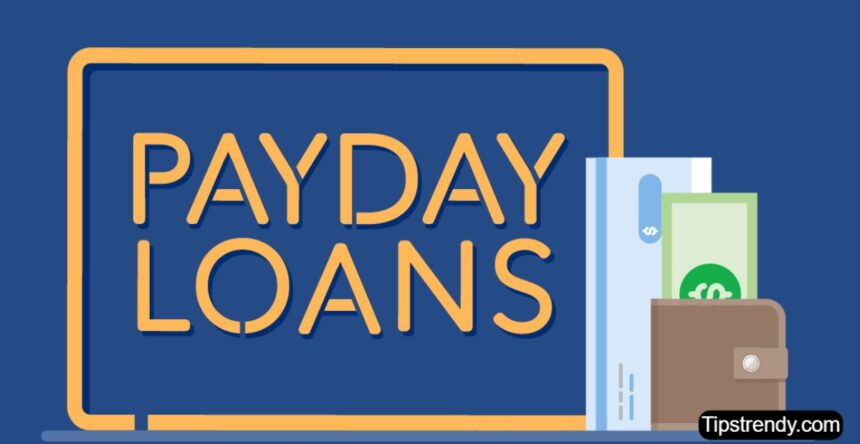Payday loans have become a popular financial solution for individuals facing sudden monetary emergencies. However, it’s crucial to understand the costs associated with payday loans to make an informed decision. While these short-term loans can provide quick cash, they often come with high fees and interest rates that can significantly impact your financial health.
What Are Payday Loans?
Payday loans are short-term, high-cost loans designed to provide immediate cash to borrowers who need funds urgently. Typically, these loans are intended to be paid back when the borrower receives their next paycheck. The application process is often quick and straightforward, requiring minimal documentation. This convenience and speed can be highly appealing, especially to those facing financial emergencies.
Understanding Interest Rates and Fees
One of the primary costs associated with payday loans is the interest rate. Unlike traditional loans, payday loans feature significantly higher interest rates, often expressed as an Annual Percentage Rate (APR). While APRs for payday loans can vary, they can sometimes reach up to 400% or more. This means that the cost of borrowing even a small amount can balloon quickly if not repaid promptly.
In addition to high interest rates, payday loans also come with various fees. These may include processing fees, late payment fees, and rollover fees if you cannot repay the loan on time and need to extend it. It’s essential to read the loan agreement carefully to understand all the charges you might incur.
The Debt Cycle
One of the significant risks of payday loans is the potential for becoming trapped in a debt cycle. Because of the high costs, borrowers who are unable to repay the loan on time may take out additional payday loans to cover the initial debt. This can lead to a cycle of borrowing and repayment that becomes increasingly difficult to break free from.
To avoid this cycle, it’s crucial to assess your ability to repay the loan before borrowing. Consider all the costs involved and ensure that you will have enough funds to cover the loan repayment along with your regular expenses.
Alternatives to Payday Loans
Given the high costs and risks associated with payday loans, it’s worth exploring alternative solutions for managing financial shortfalls. Here are several options to consider:
- Budgeting and Savings: If possible, try to budget your expenses and build an emergency savings fund to cover unexpected costs.
- Credit Unions: Many credit unions offer lower-interest, short-term loans to their members.
- Borrowing from Friends or Family: While it’s not always ideal, borrowing from friends or family can provide a temporary solution without the high costs.
- Payment Plans: If you owe money to a service provider or retailer, ask if a payment plan is available to spread the cost over several months.
You Might Also Like:
Prince Narula Digital PayPal: The Future of Digital Payments
The White Oak Impact Fund: A Guide to Investing in the Future
Conclusion
While payday loans can offer quick financial relief, it’s essential to understand the associated costs fully. High interest rates and additional fees can quickly add up, making repayment difficult. Carefully consider your financial situation and explore alternatives before deciding to take out a payday loan. Being aware of the potential pitfalls can help you make a more informed decision and avoid financial distress.
